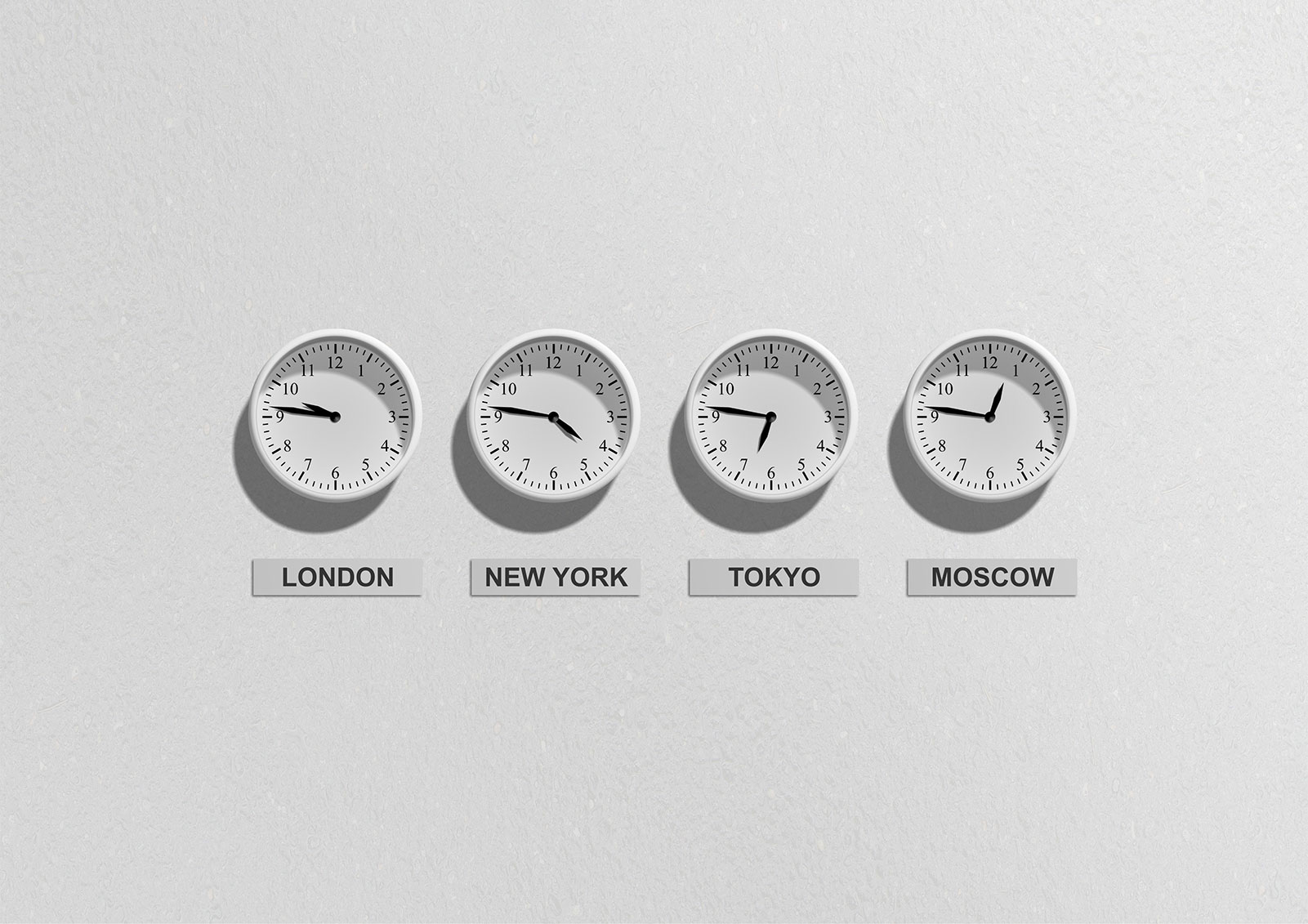When people complete activities, time is an aspect beyond their control. Time is a constant, always moving. Depending on the setting, time can feel like it is moving faster or slower, and this relativity of time can impact how people carry out activities in experience design scenes.
For example, let’s consider a person who wakes up late for work. In this scene, the quantity of time between when they wake up and must arrive at work is less than the time they usually take to complete their activities. The person feels pressure because they cannot get everything done before work with the time that is left. So, people typically make choices. They eat a breakfast bar instead of a bowl of oatmeal. They skip a 20-minute workout. They rush their kids out of bed and out the door and forget to grab lunch. Limited time may cause the person to be more pointed with a bus driver or drive erratically. Not everyone rushes to arrive on-time when they run late—some recognize that they are going to be late to work, perform their normal activities, and accept the consequences. When time is short, most people experience pressure.
When people have “extra” time and perceive that time is bountiful, they may be more likely to notice details in the settings around them. They may take time to make small-talk with others. A perceived abundance of time can facilitate thinking about a person’s future, the meaning of life, or other existential questions.
Time is a constraint that frames activities. It defines what can be completed in a specific amount of time. It compresses activities when time is short. When designers consider time’s role in experience design scenes, they can create products, services, and systems that work within and leverage these constraints to facilitate intended outcomes.
